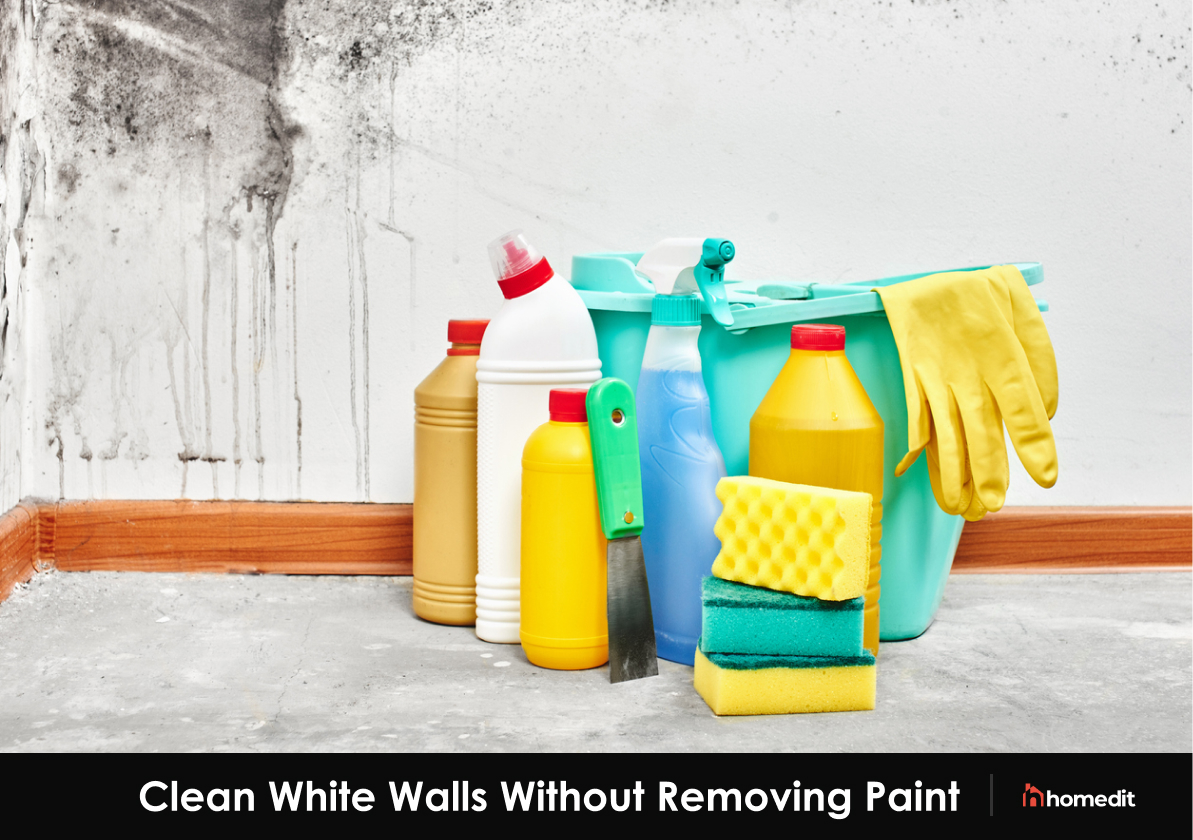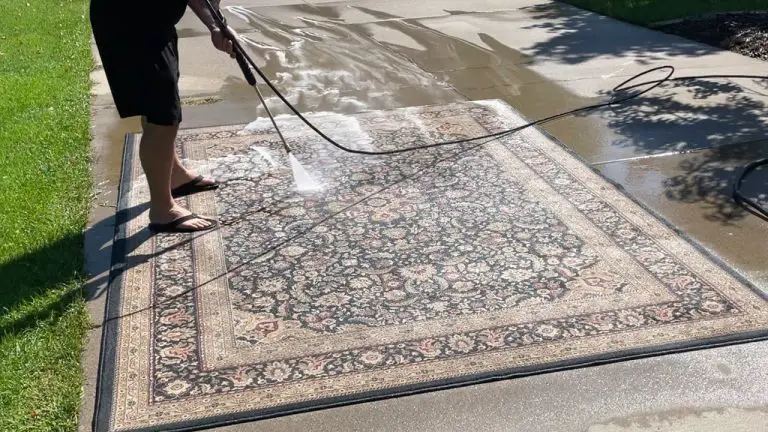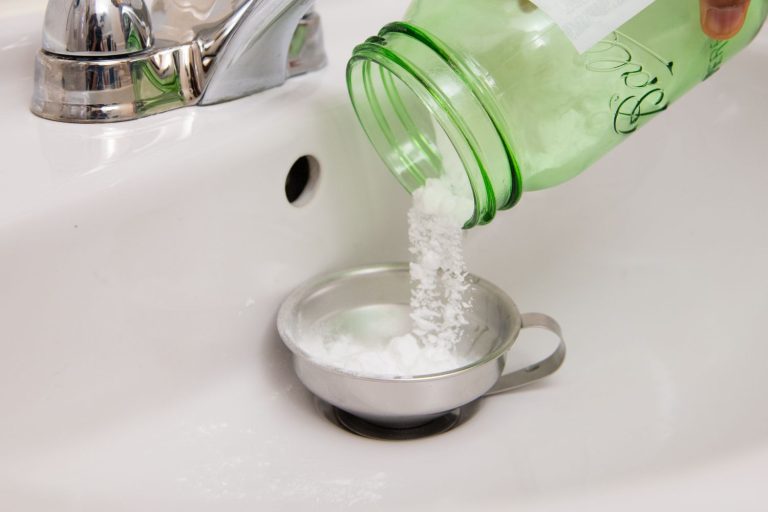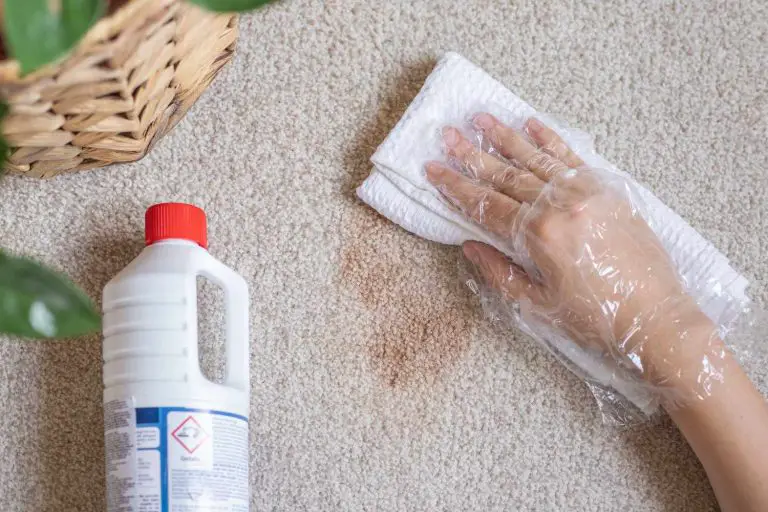How do you clean white walls without removing paint?
Cleaning white walls without removing the paint can be a tricky task. Depending on the type of paint used, the wrong cleaning products and methods can cause permanent damage. The key to a successful cleaning job is to use the right products and techniques to ensure that the paint remains intact. You will want to start by vacuuming the walls to remove any dust or debris. Then, using a damp cloth, wipe the walls with a mild detergent solution. For tougher stains, you can use a mild abrasive cleaner or a solution of vinegar and water. Finally, use a dry cloth to wipe away any excess liquid and let the wall dry completely before you start any painting or other work. With the right approach, you can keep your white walls looking as good as new without damaging the paint.
Supplies Needed for Cleaning White Walls
Having white walls in your home can be a great way to brighten up a room. However, it can also be a challenge to keep them looking clean and sparkling. To achieve the best results, you will need a few supplies to get the job done right. Gather a bucket, cleaning solution, a soft cloth, a brush, and a step ladder if needed. Fill the bucket with warm water and add the cleaning solution. Dip the cloth into the bucket and start scrubbing the wall gently. If there are any hard-to-reach spots, use the brush. Allow the wall to dry thoroughly before admiring your sparkling white walls. With the right supplies, your white walls can stay looking great.
Removing Dirt and Dust from White Walls
White walls are a great way to add a bright and modern look to any room. But dirt and dust can quickly accumulate on these surfaces, leaving them looking dull and dingy. Thankfully, removing dirt and dust from white walls is easy and doesn’t require any special cleaning products. All you need is a damp cloth and a bit of elbow grease to get your walls looking pristine again. Start by wiping down the walls with a damp cloth, then use a dry cloth to buff away any remaining dirt and dust. With a little bit of effort, your walls will be looking as good as new in no time!
Removing Marks and Stains from White Walls
White walls can be a challenge to maintain, especially when it comes to marks and stains. However, with the proper technique, you can easily remove marks and stains from your white walls. The key is to use the right cleaning solution and a soft cloth. Start by wiping down the wall with a damp cloth and a mild detergent, then rinse with a clean damp cloth. If the marks and stains persist, you can try using a stronger cleaning solution such as bleach or vinegar. Make sure to test the solution on a small area first to make sure it won’t damage the paint. Once the marks and stains have been removed, rinse the wall with a damp cloth and allow it to dry completely before repainting. With the right cleaning solution and a bit of elbow grease, you can keep your white walls looking as good as new.
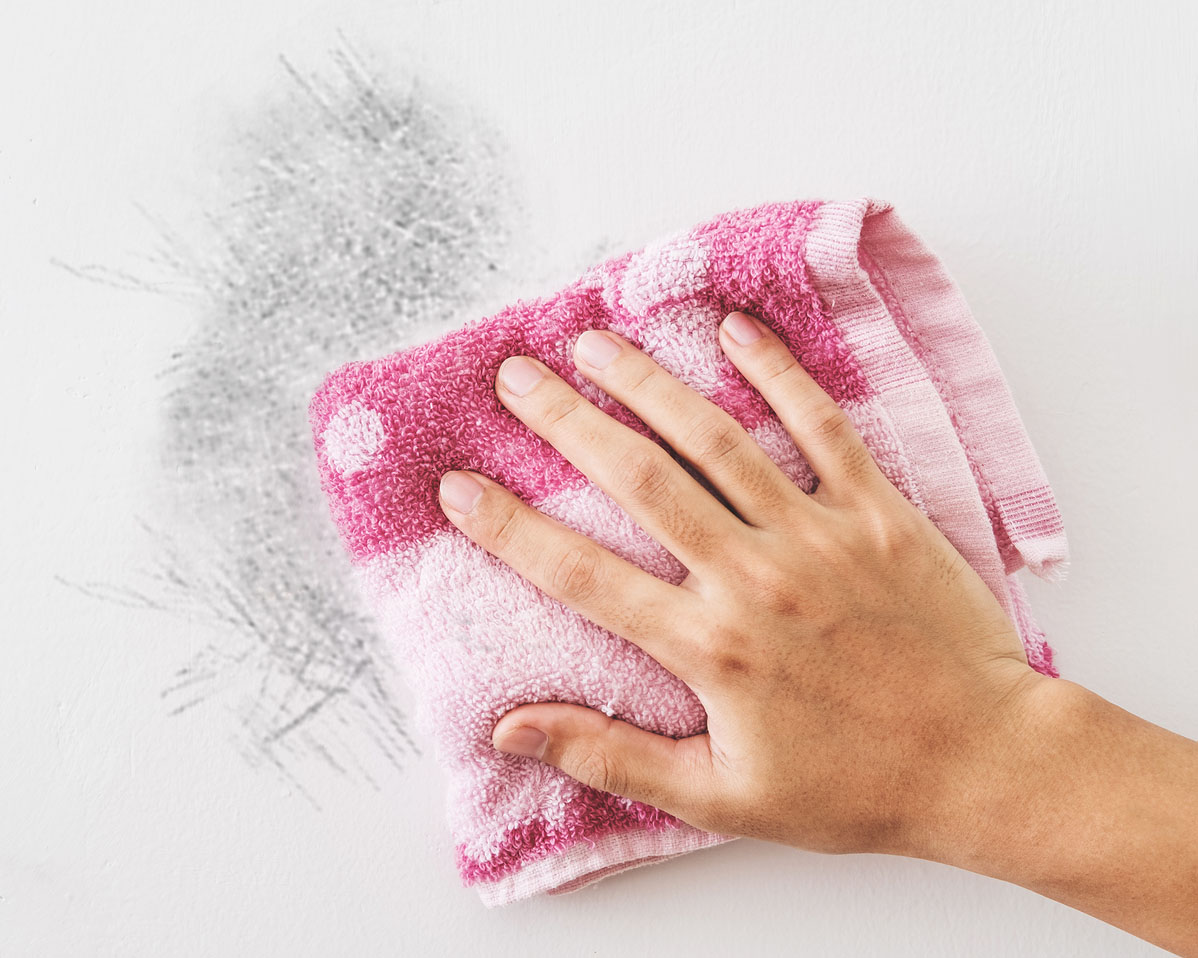
Tips for Cleaning White Walls
Cleaning white walls can be a daunting task. Though white walls may appear simple, they require extra care to keep their pristine look. Here are five tips to help you keep your white walls looking bright and clean:
- Use a soft cloth and mild cleaner. Start by using a soft cloth and a mild detergent or cleaner to dust off any dirt or grime.
- Spot clean with a sponge. For tougher stains, use a damp sponge to spot-clean the affected area.
- Use a vacuum. Use a vacuum with a brush attachment to suck away dirt and dust particles from the wall.
- Rinse with a damp cloth. Use a damp cloth to rinse away any soap residue.
- Allow to dry. Lastly, allow the wall to air dry or use a soft, dry cloth to finish drying it off.
Follow these simple tips, and you’ll have clean white walls in no time!
6. Alternatives to Cleaning White Walls Without Removing Paint
White walls can quickly become dingy and dirty, but cleaning them can be tricky. Regular cleaning products may remove paint or cause discoloration. Fortunately, there are a number of alternatives to traditional cleaning methods that are both safe and effective. These include using a vacuum cleaner to remove dust and dirt, applying water and baking soda paste to scuff marks, using a cloth dampened with soapy water for more stubborn stains, and even using a toothbrush to scrub away stubborn dirt. Additionally, for tougher stains, using a paste of lemon juice and cream of tartar may be effective. With these alternatives, you can keep your white walls looking clean and pristine without damaging the paint.
Factors to Consider When Cleaning White Walls
When it comes to cleaning white walls, there are a few factors to consider. Firstly, it is important to choose the right cleaning materials as different materials may cause damage to the walls. Secondly, you should consider the amount of dirt and dust that needs to be removed, as this will affect the type of cleaning product you use. Thirdly, it is important to make sure you use the correct amount of cleaning product. Too much will cause streaks and smudges, while too little will not do the job properly. Finally, you should always check the instructions on the product to ensure that it is safe to use on your walls. With these considerations in mind, you can be sure that your white walls will be sparkling clean in no time!
Conclusion
Cleaning white walls without removing paint can be done through a variety of methods. Using warm water and a mild detergent, soap, and water solutions, vinegar, baking soda, or a commercial wall cleaner can all be effective in removing dirt and grime from walls without damaging the paint. It is important to test a small area first before using any cleaning solution on the entire wall and to use gentle cleaning techniques that won’t leave streaks or marks. With the right tools, cleaning white walls does not have to be a daunting task.

